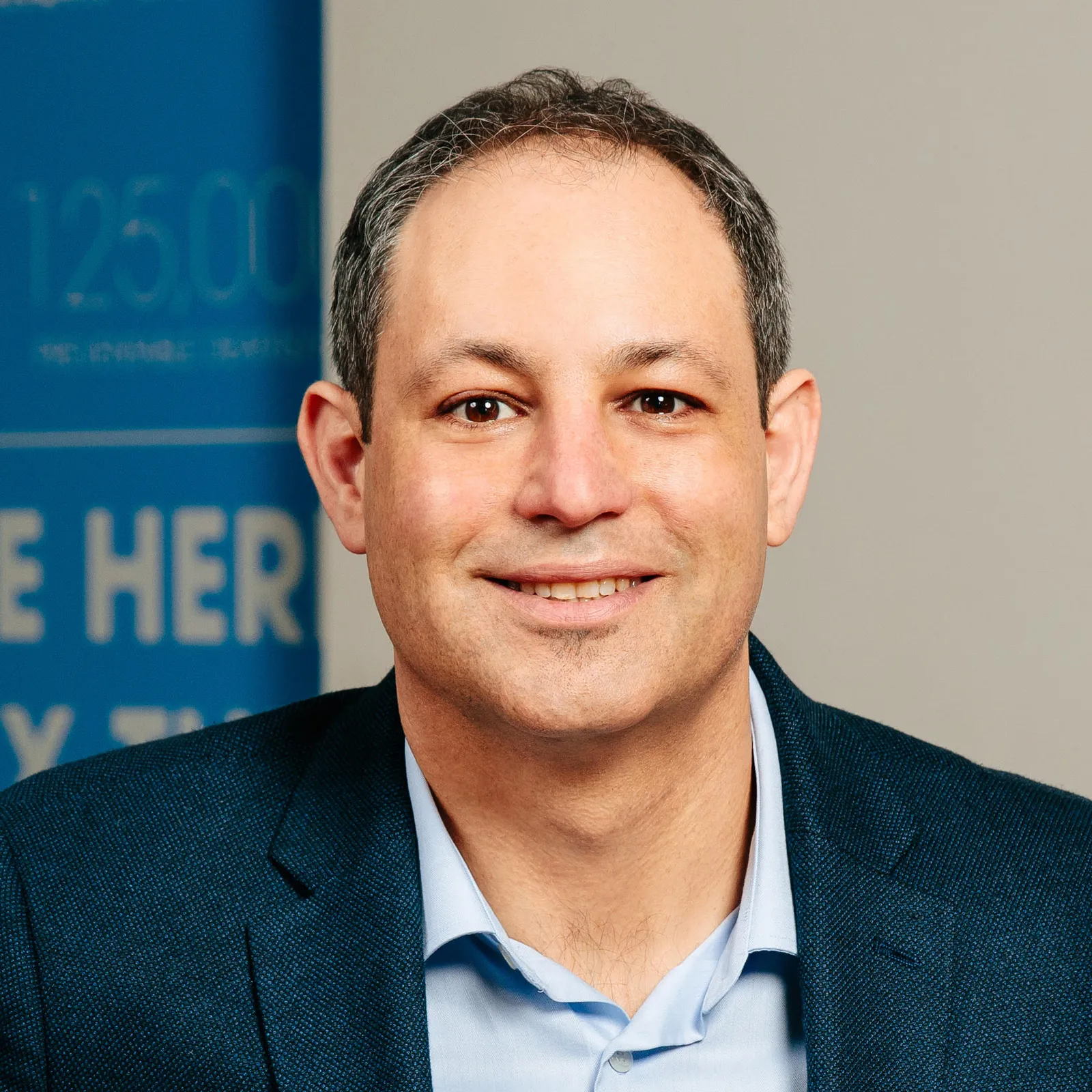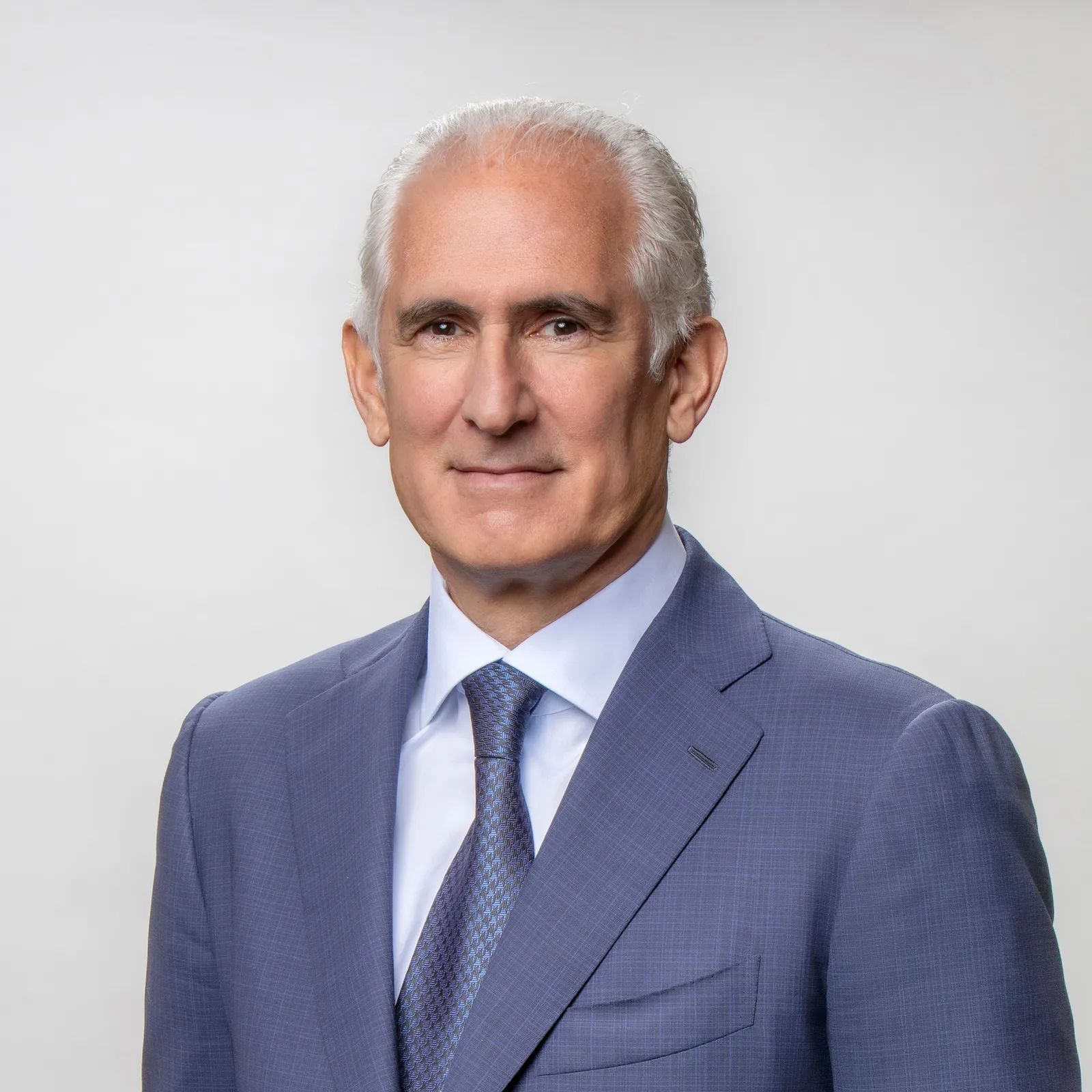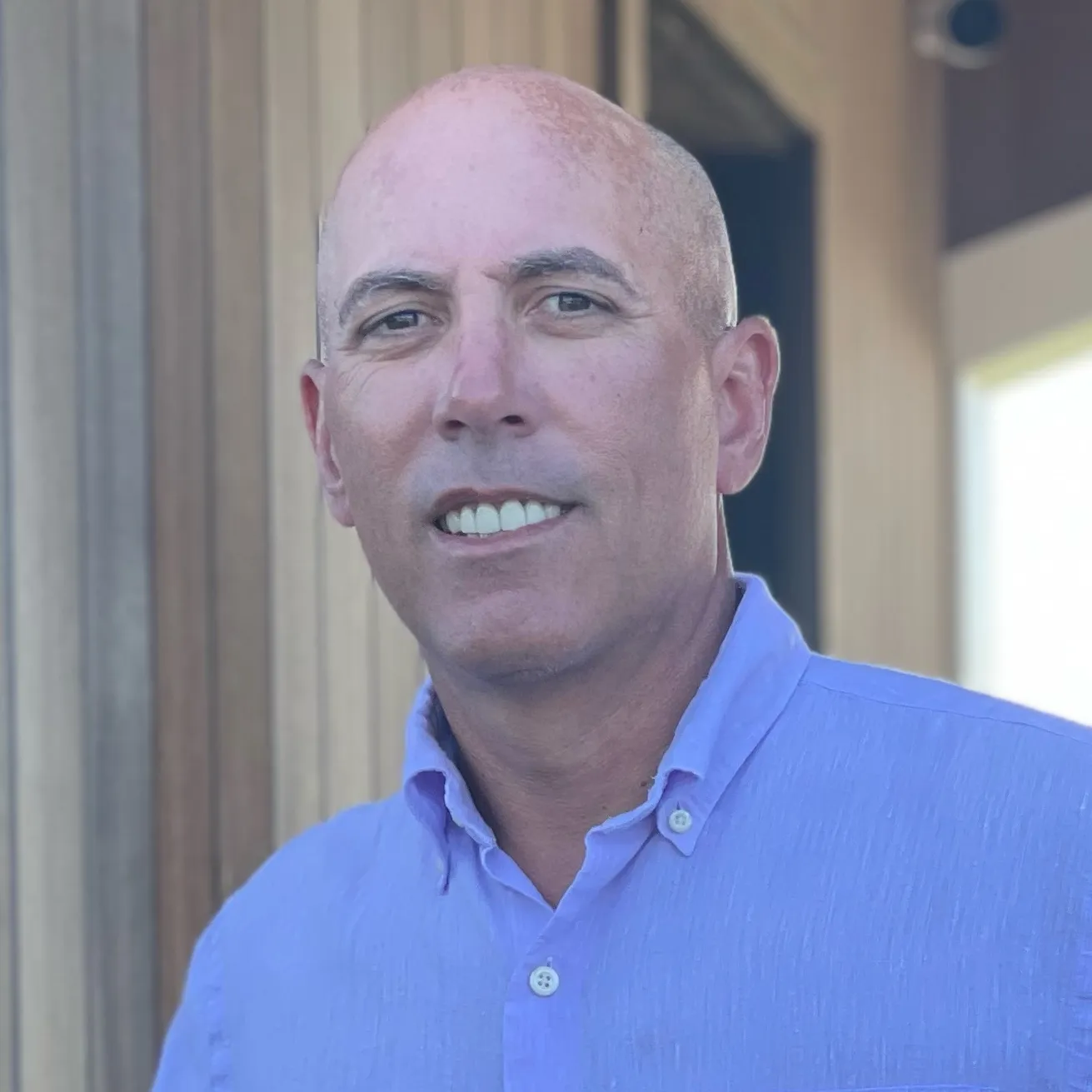This article is part of our 2023 Year in Preview feature.
2023 may have just begun but a picture of the year has already taken shape — and according to our community of pharma thought leaders, this is what it’s going to look like in pharma.
For the 2023 PharmaVoice Year in Preview, we zeroed in on six key trends: clinical trial diversity, disruptive tech, innovation, talent management, patient engagement and leading through uncertain times. Here, we’ve asked industry execs to look into their crystal balls and tell us about anything they see coming.
As we culled responses, several themes emerged: changes within the clinic, a digital transformation, fluidity in valuation and capital investments, regulatory shifts and more.
Here are the some of the changes industry influencers predict will take hold in 2023.
In the clinic
Democratizing gene therapy

“Fast and low-cost gene therapy manufacturing will democratize access to these potentially life-changing and life-saving therapies. Tracking the sheer number of gene therapies entering the clinic and how they do in early development will be a focus.”
Ben Yerxa, CEO, Opus Genetics
Normalizing DCTs

“In 2023, decentralized and hybrid clinical trials will become simply ‘clinical trials.’ Positive returns will make DCTs the de-facto standard. Expect 2023 to be a pivotal year, capping a year or more of strong growth in decentralized and hybrid clinical trial deployment. The next evolution of DCTs will involve self-service tools that enable sponsors and sites to deploy and operate global studies on a common platform using standardized processes. We see evidence of this pivot from customers and partners who aim to leverage digital tools across their pipeline. The industry is no longer dipping their toes in the DCT water; rather, leading pharmaceutical companies like GSK and AstraZeneca, are expanding its use.”
Sanskriti Thakur, chief growth officer, Medable
A unified view of the HCP

“Rarely are organizations able to view HCP relationships holistically — across clinical, medical and sales — or reap the benefits of creating a unified understanding of the customer. But rare diseases with small patient populations and complex therapies are blurring the traditional barriers between research, patient care and thought leadership. With these silos breaking down, biopharmas will have the opportunity to drive a more coordinated approach to HCP engagement using shared data and unified systems, while still maintaining compliance. Seamless data sharing between clinical teams and medical science liaisons, for example, could greatly influence clinical trial site selection and ensure more coordinated engagement. Leading companies will empower their teams to act quickly, compliantly and with a unified view of the HCP.”
Paul Shawah, executive vice president, commercial strategy, Veeva
Digital transformation
Digital + therapy

“I believe the time is coming where digital technology will become a treatment for certain conditions and will be increasingly paired with drug therapy as a combined physical and mental treatment (for) a holistic approach to medicine. We see this being done in clinical trials, and the FDA has shown more openness toward these combination approaches. Soon, I expect to see more of this come to fruition.”
Omri Shor, CEO, president, founder, Medisafe
Data collaboration

“We are on the cusp of the next phase of preventative healthcare, as technology advancements are making health data more accessible. People are already starting to think more proactively about their health as they adopt wearables, but the next phase is being able to provide consumers with data that is easily understandable to positively impact their health. Now that we have mechanisms of retrieving data, the industry needs to collaborate to socialize it so that it can benefit drug development broadly. As COVID proved, drug developers need to partner to create the next generation of medicine.”
Juliette Han, chief operating officer, chief financial officer, Cambrian BioPharma
Commercializing digital therapeutics

“Digital therapeutics companies will focus on the difficult last mile to commercialization. Historically, digital therapeutics (DTx) companies have directed about 95% of their effort into gaining FDA approval and 5% into market access strategy. In 2023, this will shift to a 60%/40% split, with DTx companies having an earlier focus on the commercialization process, while simultaneously working toward earning FDA approval. This ‘last mile’ is completely uncharted territory for DTx companies. They face new obstacles bringing their therapeutics to market. For example, physicians’ lack of awareness of the DTx and their inability to easily prescribe them. There are still many unknowns around getting DTx products on the formulary and how to prescribe them to patients – doctors can’t just write a prescription and send patients off to the local drugstore when prescribing the use of an app.”
Dave Hanaman, chief commercial officer, co-founder, Curavit Clinical Research
Market influences
Macro trends at play

“In 2023, we anticipate a normalization of valuations, a potential mild recession and three trends: continued portfolio optimization focusing on core assets; replenishment of the top line due to upcoming biologics patent expirations via acquisitions of de-risked assets and/or bolt-on companies in rare disease, oncology or neurology with established revenue and multi-billion-dollar projected sales; and SG&A as a percentage of revenue, which has sat at 28.8% over the last decade. The industry has not implemented cost takeout programs using back-office process optimization or off-shoring, intelligent automation or digitalization of sales/marketing. Macro trends may force the industry’s hand to finally act.”
Arda Ural, EY Americas industry markets leader, health sciences and wellness, EY
Capital stakes

“The biggest challenge I anticipate in 2023 will be attracting capital in a still challenging IPO market. Of course, strong data speaks for itself in a competitive market, but it will also be critical to articulate a differentiated, yet easily comprehensible narrative.”
Paul Wotton, CEO, Obsidian Therapeutics
Going the extra mile

“In this capital-constrained market, which will continue to be a challenge in 2023, companies are having to go the extra mile to be successful. But despite the challenging macroeconomic market conditions, I strongly believe where there is true innovation there will be capital ready to support its success. Ultimately, the most important factor to determine a company’s future success will be its novel innovation, differentiated product profile and compelling data — that must remain our focus.”
Marie-Louise Fjällskog, chief medical officer, Faron Pharmaceuticals
Creating an innovative path forward

“The biggest challenge that the life sciences industry needs to overcome is the threat of stalled innovation. Manufacturers have game-changing products in their pipelines that could save many lives or vastly improve patients’ quality of life, yet there are numerous hurdles that stall a drug’s clinical development or route to market and impede patient access. And unfortunately, pharma companies have become conditioned to believe that the path to market has to be long and arduous. Overcoming those hurdles — and making sure that innovative medicines get into the hands of patients quickly and easily — should be pharma’s No. 1 priority in 2023.”
Mike Gallup, CEO, Norstella
Women’s health movement

“The degree to which women’s health has been deprioritized can no longer be ignored, especially in light of a pandemic that has made health disparities even more evident. Around the world, we see more governments and other stakeholders beginning to take action. The industry is taking more action as well. I fully believe that 2023 will be the moment that we see both societal obligation and business opportunity in this space converge — with more research, more deals and more partnership — because when women’s health is a priority, we create a stronger and healthier society.”
Kevin Ali, CEO, Organon
New pay models

“As the gig economy expands and massive layoffs continue in the technology sector in 2023, we can expect to see a shift away from insurance-based high-deductible and high-copay options toward low-cost, cash-based models for basic primary care, prescription medication coverage and overall healthcare plans. Similarly, as collaboration between digital health companies increases, larger integrated platforms that offer seamless and affordable healthcare services will solidify as strong alternatives to ‘big-insurance’ and ‘big-healthcare’ offerings. A consequence of these shifts will also be a growing emphasis on additional subsidies of the healthcare landscape like preventive care, wellness programs and ‘food-as-medicine’ concepts.”
Satish Srinivasan, CEO, founder, DiRx
Goldilocks syndrome

“As a serial biotech entrepreneur, a major challenge emerging is fundraising during the early stages of biotech creation. The bar has been raised for the required inflection points along the runway of early fundraising rounds like Series A or B. Investors often seek both safety and efficacy signals from early clinical trial data before the next fundraising round. Early-stage biotechs will need to navigate the ‘goldilocks phenomenon’ of generating enough data around a lead series toward candidate nomination and phase 1 trials and expanding out the pipeline or platform to mitigate risk if clinical data is not as robust as expected.”
Dr. Ranjit Bindra, co-founder, Modifi Biosciences
FDA watch

“We’re watching the FDA’s receptiveness to new products and the sector’s ability to bring innovation to market. In 2021, more products were approved in the biopharma arena than in pharma, yet pharma continues to have more cash and capital market support. Rebalancing that phenomenon will be critical to the biopharma, medical technology and innovation sectors.”
Donna LaVoie, CEO, president, LaVoieHealthScience
Investor warm up

“In 2023, I predict the challenging market forces will continue to put pressure on biotech and medtech companies, with companies that can share positive human clinical data finding a warmer reception from investors and strategic partners than earlier stage companies. For a biotech company such as Novadip Biosciences, with a goal of pursuing an IPO in 2024, we will be carefully monitoring the capital markets and engaging with investors in the U.S., to determine the right time and strategy to pursue additional private and public financing.”
Dr. Denis Dufrane, CEO, co-founder, Novadip Biosciences
AI scrutiny

“There will be a lot of scrutiny on AI models. The FDA, EMEA and the White House have all published new regulations about AI. Life sciences organizations will have to prove how trustworthy their AI models are. To be trustworthy, AI models need to be transparent, explainable, reliable, secure, safe and preserve privacy.”
Nagaraja Srivatsan, independent life sciences consultant
Post-pandemic
Vaccine tracking

“As coronavirus joins influenza, RSV and adenovirus as an endemic respiratory disease, governments, private institutions and individuals will need a plan to react and answer critical questions. Do vaccination and testing rates for influenza and coronavirus run closer to 2021-2022 numbers, or do they revert to the annual rate of influenza vaccination and respiratory testing prior the SARS-CoV-2 pandemic? Will there be a sense of urgency to develop and approve improved vaccines, therapeutics, and diagnostics? The answers will determine the supplies we need for testing and vaccines, and how regulatory bodies approach approvals. Additionally, many diagnostic and vaccine companies that pivoted to SARS-CoV-2 and infectious diseases in general are pivoting back to their pre-pandemic business. Do respiratory disease products return to a commodity market? These are the questions we should be asking ourselves as we come into the new year.”
Jeffrey Fischer, president, co-founder, Longhorn Vaccines and Diagnostics
Regulatory advances
Dosing adjustments

“Project Optimus, an initiative by the FDA, is poised to have a huge impact on drug development. In the wake of evidence that many approved oncology drugs are inadequately characterized with approved doses that may be too high, Project Optimus attempts to reform the dose selection paradigm in oncology drug development. Project Optimus recommends a core change in how doses are selected and studied during oncology clinical trials and post-approval studies. We expect Project Optimus to motivate the drug industry to evolve its antiquated reliance on maximum tolerable dose-based research and push forward more innovative, adaptive study designs.”
Sirj Goswami, CEO, co-founder, InsightRX
Nitorsamine control

“One current topic which is expected to continue challenging the pharmaceutical industry is the control of nitrosamine levels present in drugs, as regulators are placing increasing focus on this. Excipients, as part of final drug products, are being assessed for nitrosamines and nitrites (as potential precursors toward nitrosamine formation). Helping customers further address this challenge and meet regulatory authorities’ requirements must be a future focus.”
Ulrich Deutschmann, chief commercial officer, DFE Pharma
In the workforce
Weaving in DE&I

“Executive leadership and board diversity and equity need to weave in equitable policies and practices throughout the life sciences ecosystem, this includes internal and external stakeholders. Diversity of thought should be met with subsequent action.”
Dr. Kemi Olugemo, director of communications, Women of Color in Pharma
Diversity training

“Diversity, equity and inclusion within workforces will be the biggest trend for 2023. There are companies and institutions offering training, and the dilemma begins when realizing that the teams need to include more diverse and passion-driven individuals regarding DE&I, which also brings about the term and topic ‘culture appropriation.’ A team of diverse Americans must be the overall consortium to create a diversity program geared toward equity and inclusion of all Americans in order to get the best results. There are language and cultural beliefs within different groups that must be shared with healthcare professionals. Some of these can cause discomfort speaking about, but with this education and understanding implemented, this would bring about major changes to how diversity training programs are presented through pharma and other companies.”
Barry Holmes Jr., vice president, strategy and business development, Genesis Medical Research Group




















